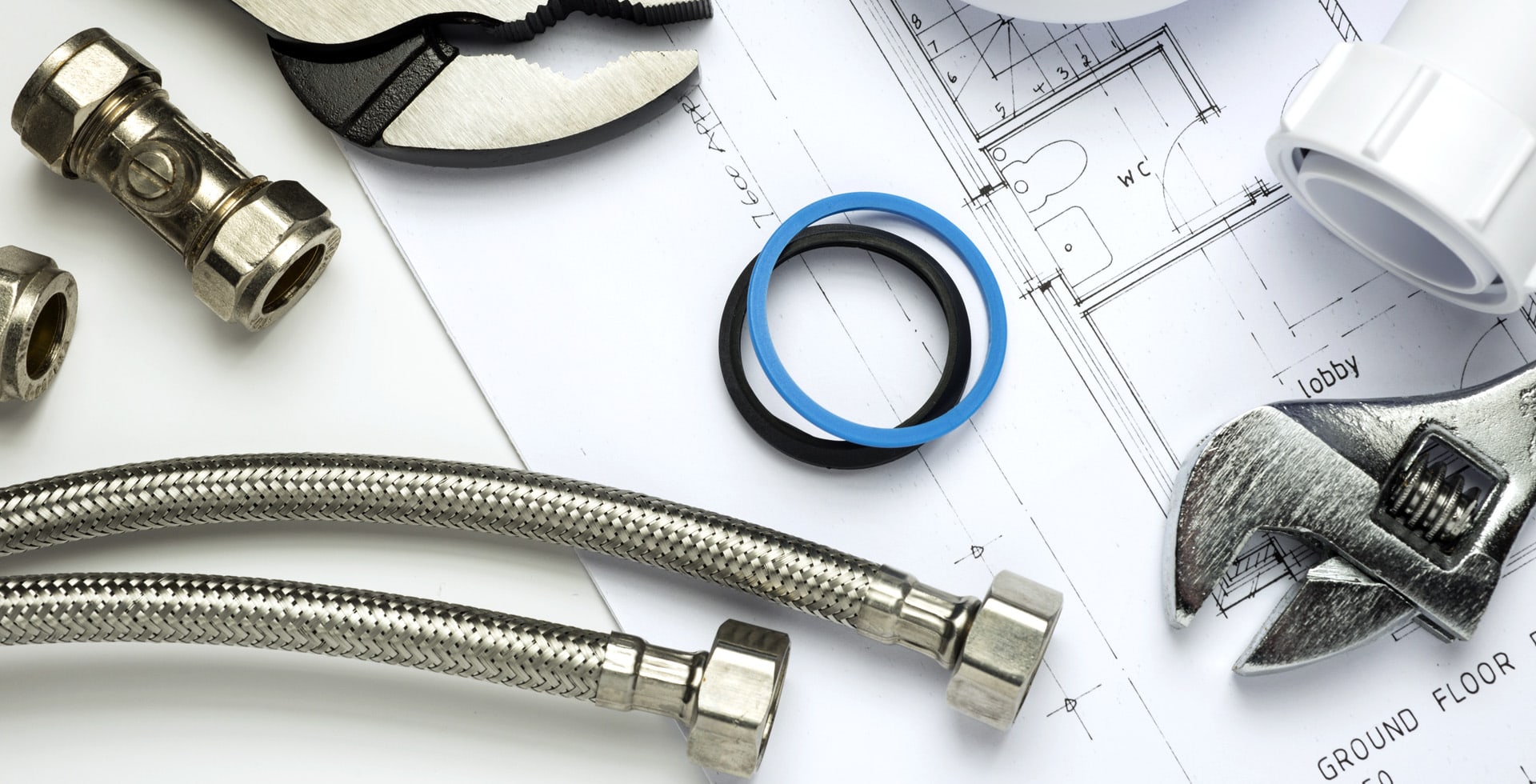How to Choose Between Keyed and Keyless Entry Systems
Choosing the right entry system for your home or business is crucial for ensuring security, convenience, and peace of mind. With a variety of options available, including traditional keyed locks and modern keyless entry systems, it can be challenging to decide which is the best fit for your needs. This guide will help you compare these two options, providing insights into their features, benefits, and potential drawbacks.
Understanding Keyed Entry Systems
Keyed entry systems are the traditional locking mechanisms most people are familiar with. Here are some of the primary characteristics:
- Mechanism: Operated using a physical key that fits into the lock.
- Security: Generally reliable if high-quality locks are used.
- Installation: Usually easier and less expensive to install than keyless systems.
- Maintenance: Minimal maintenance required unless the lock becomes damaged or worn.
Pros of Keyed Entry Systems
- Proven security: A solid and well-installed lock can be difficult to pick or bypass.
- Low cost: Traditional keyed locks are often more affordable than their keyless counterparts.
- No need for batteries: Keyed locks do not rely on electronics, eliminating the need for battery replacements.
- Familiarity: Most individuals are comfortable using keys and understand how to operate keyed locks.
Cons of Keyed Entry Systems
- Physical keys can be lost or stolen, posing a security risk.
- Keys can be duplicated, compromising the lock’s integrity if proper precautions are not taken.
- Access can be less convenient, especially if someone forgets their key or is unable to access it.
Exploring Keyless Entry Systems
Keyless entry systems have gained popularity in recent years, offering advanced features and increased convenience. Here are some key elements to understand:
- Mechanism: Operated using codes, biometrics, or smartphone apps instead of traditional keys.
- Security: Advanced encryption and authentication methods enhance security.
- Installation: Can be more complex and may require professional installation.
- Maintenance: Regular checks are necessary to ensure electronics continue to function properly.
Pros of Keyless Entry Systems
- No physical keys needed, eliminating the risk of losing or copying keys.
- Convenience: Users can unlock doors with codes or via smartphones, streamlining access.
- Remote access: Many keyless systems allow you to unlock doors from a distance, beneficial for deliveries or guests.
- Integration: Can be easily integrated with smart home systems for added functionality.
Cons of Keyless Entry Systems
- Dependence on technology: Systems require power, either through batteries or an electrical source.
- Potential for hacking: If not secured properly, keyless entry systems can be vulnerable to cyber threats.
- Higher initial cost: Keyless locks can be more expensive than traditional lock options.
- Technical difficulties: Software malfunctions or low battery issues can lead to lockouts.
Factors to Consider When Choosing a Lock System
When deciding between keyed and keyless entry systems, there are several factors to consider that can influence your choice:
- Security Needs: Assess the level of security required for your property. If maximum security is a priority, advanced keyless systems might be beneficial.
- Budget: Determine your budget for installation and maintenance costs. Keyed locks offer a more economical choice initially, while keyless systems may save on long-term replacement costs.
- Convenience: Consider the ease of access for everyone who will use the system. Keyless systems provide seamless entry for multiple users without the need for key management.
- Technology Comfort Level: Evaluate your comfort with technology. If you prefer conventional methods, keyed locks may be the better option.
- Installation Requirements: Some keyless systems may require professional installation, which can affect your decision.
Conclusion
Choosing between keyed and keyless entry systems ultimately depends on your specific needs, budget, and preferences. Both options offer distinct advantages and disadvantages. Keyed entry systems provide reliability and familiarity, while keyless systems enhance convenience and modern security features. By carefully considering the factors outlined in this guide, you can make an informed decision that best protects your home or business while also elevating convenience for users.

